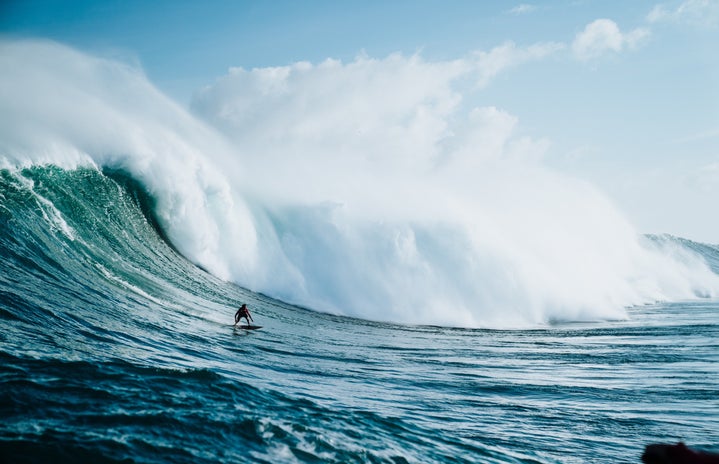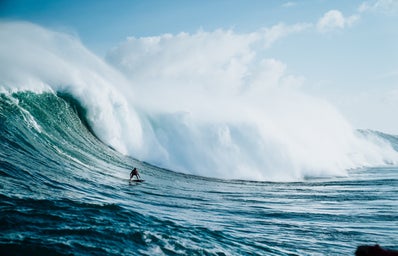Someone watching the Indian Ocean from the Andaman and Nicobar Islands would see a very different shade of blue in the waters compared to someone looking at the Pacific Ocean from the coastal United States. Why are these massive oceans so different in color?
Let’s start at the beginning – why are oceans so blue in the first place? Water molecules absorb very specific wavelengths of light-red, yellow, and green, much better than others. This results in the water being blue, since this wavelength of light isn’t absorbed as much by the water molecules.
The color of the oceans also reflects its health and composition. One major component of this is a microalgae known as phytoplankton. Phytoplankton have chlorophyll, and use photosynthesis to survive. They generate around 50% of the oxygen we breathe, and also lend ocean water its various tints. Some make it appear reddish-green, while others give it rich and deep hues of blue. Oceans with a higher concentration of phytoplankton will appear more greenish-blue compared to others.
But phytoplankton isn’t the only contributing factor to this change in color. There is another contender in this game – climate change. Over the last 50 years, oxygen-depleted areas in the ocean have nearly quadrupled, according to a study published in 2018. Increasing temperatures in the water doesn’t support sufficient oxygen production. Sudden temperature spikes also lead to a phytoplankton population boom, which isn’t good for the underwater ecosystems. In a balanced ecosystem, phytoplankton serve as a large source of food for various marine creatures like shrimp and jellyfish, but when there is too much of something, it leads to problems. Phytoplankton will grow out of control and produce toxic compounds that harm marine creatures, instead of helping them grow.
While there are many factors that contribute to the ever-changing color of the oceans, it is important to keep in mind that these changes might not necessarily be a good thing environmentally. As temperatures continue to rise, we can only continue to guess what this means for the future of marine ecosystems.


